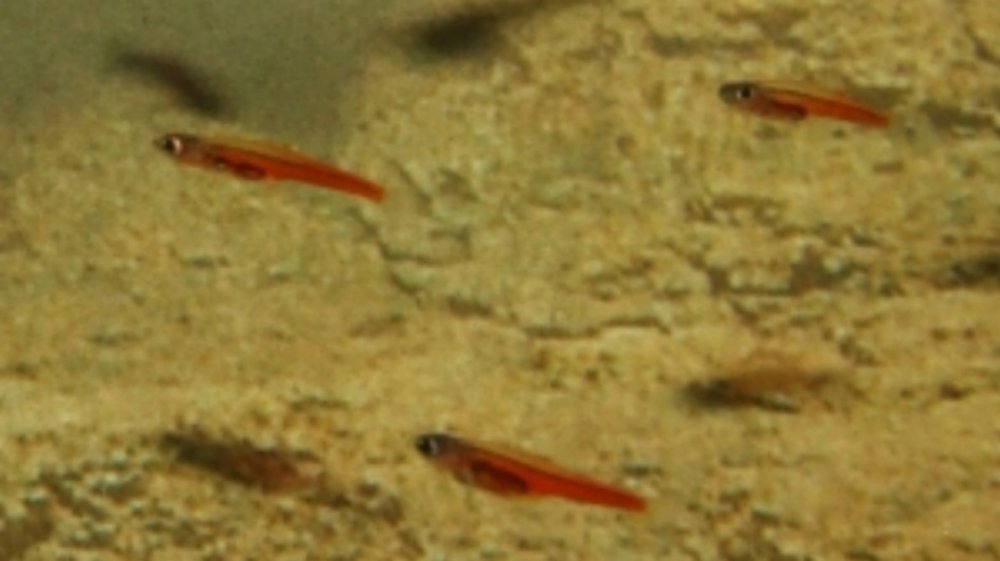This Is The Smallest Fish In The World
The world's smallest fish is thought to be the Paedocypris progenetica. According to a Royal Society article posted at Eurocean, it was discovered in 2005 by a group of scientists led by Maurice Kottelat of the National University of Singapore. The fish is native to Southeast Asian peat swamp forests and is found in the waters of the Indonesian islands of Sumatra and Bintan Island. A mature female Paedocypris progenetica measures only 7.9 millimeters, or just over 0.3 of an inch. In fact, at the time of its discovery, the tiny fish was the smallest recorded vertebrate in the world; per LeisurePro.com, this record is now held by Paedophryne amauensis, a miniature frog from the New Guinean rain forests.
The fish's tiny size is just one of their many interesting attributes. Their bodies are partially translucent and their head skeletons are so small that they leave part of the fish's brains unprotected by bone. The scientists who discovered the species say the males possess "highly modified pelvic fins" that function as a "clasping or holding device," which suggests an unusual mode of reproduction that warrants further study.
No future for the world's smallest fish?
Paedocypris progenetica's home in the peat swamp forests of Sumatra was once thought to host little wildlife. In their paper on their tiny but significant discovery, the scientists note that the ecosystem hosts a "significant number of miniature fish species." Peat swamps allow tiny fish to "survive droughts in shallow pools, burrows of other animals, or in the soil," and the fish's small size is an advantage when the water levels fall.
Unfortunately, like many other delicate ecosystems, peat swamp forests are at risk due to industrialization, including "logging, urbanization and conversion for agricultural use, especially oil palm plantations and shrimp farms." The forests also suffered losses during 1997 fires that raged in Sumatra and Borneo for several months. The scientists reported that several of the peat swamps they had examined in the course of their research no longer existed by the time they wrote their paper and therefore "many populations" of Paedocypris progenetica had disappeared, making future research difficult.

